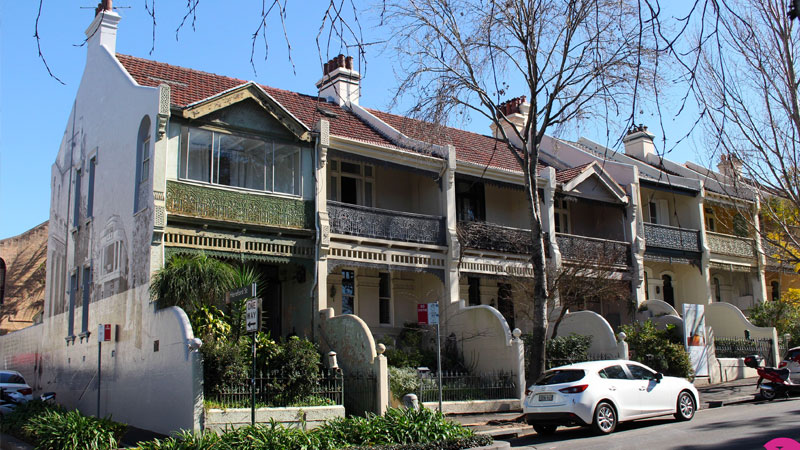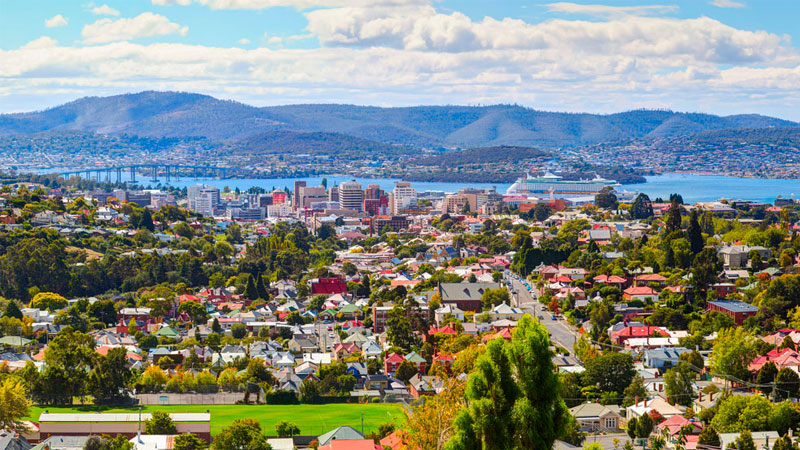Resources
Newsletter
Stay up to date and with the latest news, projects, deals and features.
SubscribeFirst home buyers are being priced out of regional locations as more affluent buyers continue to abandon big cities in favour of treechange and seachange, according to a report from the National Housing Finance and Investment Corporation.
The federal government’s HomeBuilder subsidies and the first home super saver scheme have so far helped more than 300,000 Australians into home ownership.
However, the pandemic surge in national house prices in both capital cities and regional areas, driven by dramatic improvements in mortgage affordability, has propelled those already in the market to sell up and move, further locking out first-home buyers.
NHFIC’s report revealed that affordability for prospective first home buyers remained highly dependent on location but is particularly problematic for buyers shopping in regional NSW and Tasmania.
In both states the bottom 40 per cent of income earners in both states are only able to afford less than 10 per cent of the available housing stock.
In regional Victoria, this group has gone from being able to afford 40 per cent of homes to 30 per cent.

Hobart is the least affordable capital city for both renters and potential first home buyers.
Worryingly, the bottom 60 per cent of income earners in Hobart can afford up to just 10 per cent of homes for rent, and the bottom 80 per cent can currently only afford up to 10 per cent of homes for sale.
Three in four properties in Sydney and half in Melbourne are now only affordable for the highest earning 20 per cent of first home buyers.
In Sydney, 60 per cent of first-home buyers can afford fewer than 10 per cent of properties. In Melbourne it is about 20 per cent of properties.
Sydneysiders earning in the bottom 40 per cent of Sydney incomes can now afford to rent up to 10 per cent of properties, up from less than 10 per cent a year ago.
In Melbourne, the bottom 40 per cent of earners can afford to rent 30 per cent of properties, up from 20 per cent a year ago.
The most affordable housing for first home buyers is currently found in regional Western Australia, Queensland and South Australia.
Perth is the most affordable capital city for potential first home buyers with the bottom 60 per cent of Perth income earners can afford up to 50 per cent of properties for sale.

Moody’s Investors Service expects affordability to reach its worst level in a decade if housing prices rose by 15 per cent or if the mortgage lending rate climbed to its average for the past 10 years of 4.79 per cent.
If housing prices increase by 15 per cent, the share of income to meet mortgage repayments will surpass the 28.9 per cent peak for the past 10 years for Australia on average.
Wages growth has also been sluggish in recent years, up just 2.2 per cent over the year to September, on Australian Bureau of Statistics figures, while capital city property prices rose 22.2 per per cent over the same period.
First-home buyer numbers fell by 3.8 per cent in October, marking the ninth consecutive monthly decline, and a 29.9 per cent plunge from the peak in January 2021.
For renters, Sydney and Melbourne have seen a modest improvement to rental affordability this year due to ongoing border closures driving a decline in net migration, although vacancy rates have been declining.
According to NHFIC, Melbourne is currently the most affordable capital city, with the bottom 40 per cent of Melbourne income earners able to afford up to 30 per cent of properties available for rent.
Rents are most unaffordable in Hobart, with the bottom three quintiles of income earners being able to afford just 10 per cent of rental properties in the market.
Perth has also seen a deterioration in rental affordability since June 2020, with renters in the second income quintile being able to afford less than 10 per cent of properties, down from 25 per cent.

Corelogic head of research Tim Lawless said while rental rates were now rising at the fastest pace since 2008, a gap had opened up between the rate of growth in house rents compared with unit rents.
“On the demand side, there has been a preference shift towards lower density housing options during the pandemic, and the abrupt stalling in overseas migration has interrupted tenancy demand around key unit precincts,” Lawless said.
“From the supply side, the unit sector has only recently emerged from an unprecedented influx of newly built unit projects where construction activity has been skewed towards the high-rise sector of the market, especially [in] Sydney and Melbourne.”
The performance gap between the two broad property types has been narrowing for several months as rental demand is deflected back towards the unit sector where renting is more affordable.
Since February this year the higher levels of inner-city unit stock has reduced and by the end of October the number of inner-city unit rental listings fell to 5.1 per cent below pre-Covid levels and 36 per cent below advertised rental stock levels in January this year.
“Rental demand for inner city tenancies is likely to increase further as the CBD’s and inner suburbs become more vibrant as restrictions ease and workers gradually return to work,” Lawless said.
“Once international borders open more fully, it is likely demand for inner city unit accommodation will rise more substantially, especially as foreign students and international visitor numbers start to lift.”